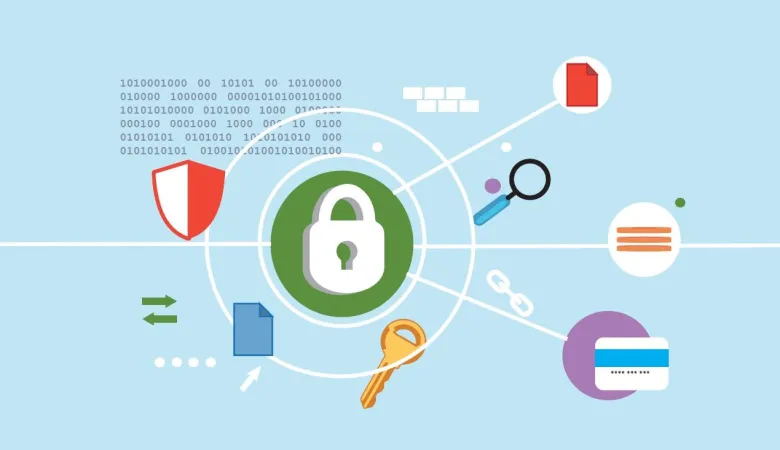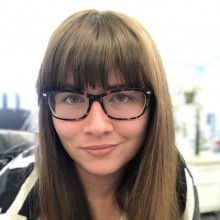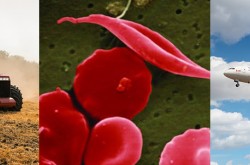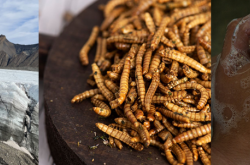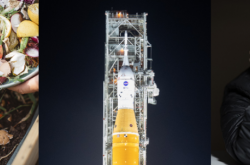A shared brain: Data-sharing platform shows researchers the big picture

Dr. Tom Mikkelsen, President and Scientific Director of the Ontario Brain Institute
Imagine the incredible progress the worldwide research community could make by working together — without barriers and bureaucratic obstacles. The Ontario Brain Institute (OBI) is taking the first step towards making that vision a reality using Brain-CODE, a neuroinformatics platform. In essence, Brain-CODE acts as a “shared brain” for researchers in Ontario and beyond. Recently, the Ingenium Channel caught up with Dr. Tom Mikkelsen, President and Scientific Director of OBI, to learn about what this means for the future of data sharing and brain disorder research.
Ingenium Channel (IC): I understand that Brain-CODE is a data-sharing platform. Can you explain why data sharing is so important in the world of brain research?
Dr. Tom Mikkelsen (TM): The brain is one of the biggest scientific puzzles of our time. There are many different ways to study the brain; you can look at genomics or brain anatomy through imaging like MRI, or behaviour by seeing how people perform in different tests. Each of these approaches provides a piece of the puzzle, but it’s only when you start to put them together you can finally see the big picture.
To understand brain disorders like autism spectrum disorders, dementia, or depression — and develop new and better treatments — we need to see the whole picture. But this is very hard to do because of how specialized research has become.
At OBI, we believe that by sharing data we can start to see the big picture, and then come up with answers to the big problems in brain research. Brain-CODE was specifically designed to collect and share all of this different brain research data. We’ve put a lot of time and resources into cleaning and curating the data that goes into Brain-CODE, so it’s ready to be shared with other researchers in an optimal way.
IC: How will this help researchers and the public in general?
TM: Research is highly collaborative, with people constantly building on each other’s ideas. Isaac Newton captured this idea in his famous quote, “If I have seen further it is by standing on the shoulders of giants.”
However, as we develop better tools and new approaches, research becomes more specialized. Researchers tend to group together within these specialties, forming silos. Brain-CODE helps break down these silos by providing researchers with access to different types of data which allows them to ask different types of questions. For example, what is the biological relationship between epilepsy and depression? Or, what is the relationship between a specific gene and the change in brain structure? We believe these are the types of multi-disciplinary questions that need to be asked. Brain-CODE is helping researchers from around the world share data and work together, to understand the root causes of brain disorders.
IC: What about privacy issues? Can patients really be sure their privacy is protected?
TM: All research participants who are part of OBI-led research studies are protected in a number of ways. We have a strong data governance framework outlining what data is collected, who can access that data, and how it can be used. We spend a lot of effort removing personal identifiers like name, address, and even participants’ faces — which can be crudely seen in brain images. Brain-CODE also has strong firewalls that protect the data itself. This is all explained to research participants when they provide consent to be involved in OBI-led research studies where data is stored on Brain-CODE.
Study participants don't typically benefit directly from research they participate in, as it can take a number of years to complete. However, knowing that their contribution will benefit other people in the future creates a sense of purpose, knowing that the tragedy that impacted them can at least lead to some good.

IC: Can you provide an example of an area of brain research that could directly benefit from a data set collected with the help of Brain-CODE?
TM: We believe the Brain-CODE approach will change the way we think about brain disorders; this would be an overarching benefit for all brain research. Right now, we tend to describe brain disorders as being separate and distinct from each other — but we are learning this is not the case.
A good example would be neurodevelopmental disorders, such as autism spectrum disorders, ADHD, obsessive compulsive disorder, and intellectual disability. By looking at all the data together, we are starting to see a lot of similarities in the underlying biology — like genes involved and brain structures. At the same time, we know from our work with the patient community that they also find common behaviours and challenges in kids across the different diagnostic labels they might be given. So, Brain-CODE and data sharing is allowing us to think beyond labels, and look at core features existing across these disorders. This will allow us to develop personalized treatments, by better tailoring them to an individual’s specific biology and needs.
We can also study common concerns and challenges that exist across many different brain disorders. An example is sleep — either as a risk factor or something that is impacted by a having a brain disorder. We recently launched a project looking at sleep in children, using common data elements in the datasets from the epilepsy, cerebral palsy, and neurodevelopmental disorder research programs. It would be hard to design and collect data if this was a primary study, but it is actually quite simple to do if all the data has already been collected and can be used for a secondary purpose.
IC: What is your hope for the future of Brain-CODE and open-source data?
TM: We hope to see more emphasis on setting standards for how data are collected, as this is a key ingredient for broader data sharing. It’s exciting to think about how much faster brain research will move — and the types of big questions that can be asked — if we can link data in Brain-CODE to similar data in other databases.
In the future, we also plan to move towards direct data capture from individuals in real time — outside of a laboratory setting. If we give participants wearables that capture data, we can increase the sampling rate to get a better picture of things like sleep, mood, movement, or even swallowing. There is benefit to the researchers, but this data also has great value for participants who will be directly informed of the research results through personalized health and activity reports. We also foresee participants using Brain-CODE to track and share their data from these research studies with their own doctors, to inform treatment and care.
We hope to see the spread of Brain-CODE’s model of collaboration and data sharing, so we can bring more data, ideas, and people into brain research and build a global research effort. Think about the impact made when the international scientific community came together to combat the COVID-19 pandemic. We hope to do the same for brain research, in order to deliver better treatments and brain health for the billions of people worldwide who are directly impacted by brain disorders.
Go further
See an example of OBI’s program in neurodegenerative diseases.
Enjoying the Ingenium Channel? Help us improve your experience with a short survey!



